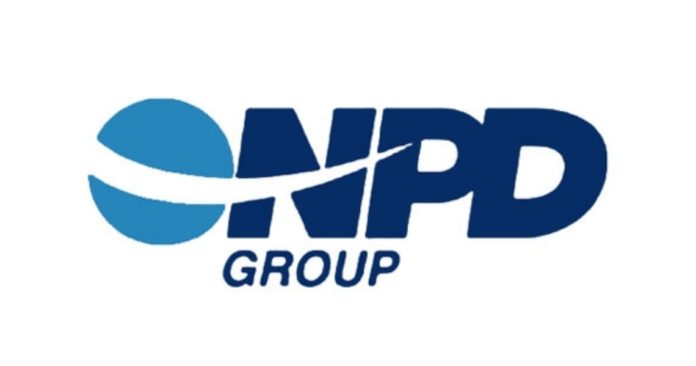As goes the U.S. quick service restaurant (QSR) segment, so goes the total foodservice industry. QSRs, which represent 80 percent of total commercial foodservice visits, realized no traffic growth in 2016 and total foodservice traffic dipped slightly, reports The NPD Group, a leading global information company. Visits to full service restaurants, which combined represent 20 percent of total industry traffic, declined last year, according to NPD Group’s daily tracking of consumers’ use of restaurants and other foodservice outlets.
Visit declines at lunch, which represents the largest daypart in terms of traffic share, was a major contributor to the U.S. foodservice industry’s traffic slump in 2016. Lunch visits declined by 2 percent at QSRs and all other foodservice outlets. Among the reasons lunch traffic is down are a smaller labor force participation rate, increase in number of employees working from home, and more consumers shopping online and not grabbing a meal while they’re out shopping. Weekend, dinner, and independent restaurant visit declines also prevented the industry from growing last year.
Though U.S. foodservice traffic isn’t growing there were still close to 62 billion visits made to restaurants and other foodservice outlets last year, reports NPD Group. QSR consumer spending increased by 3 percent and by 2 percent for the total industry. All spending gains were driven by an increase in average eater check size. Other industry bright spots last year were the continued strength of morning and PM snack, drive-thru visits, combo meal deals, and an increase in breakfast food servings.
“The dynamics that have driven the foodservice industry for all these many decades are changing and changing quickly,” says Bonnie Riggs, NPD Group restaurant industry analyst. “As I’ve said many times before, there will always be a need for foodservice but there is a shift in consumer attitudes and behavior and the landscape is different. Operators and manufacturers need to heed the changing dynamics and adjust their strategies accordingly.”














